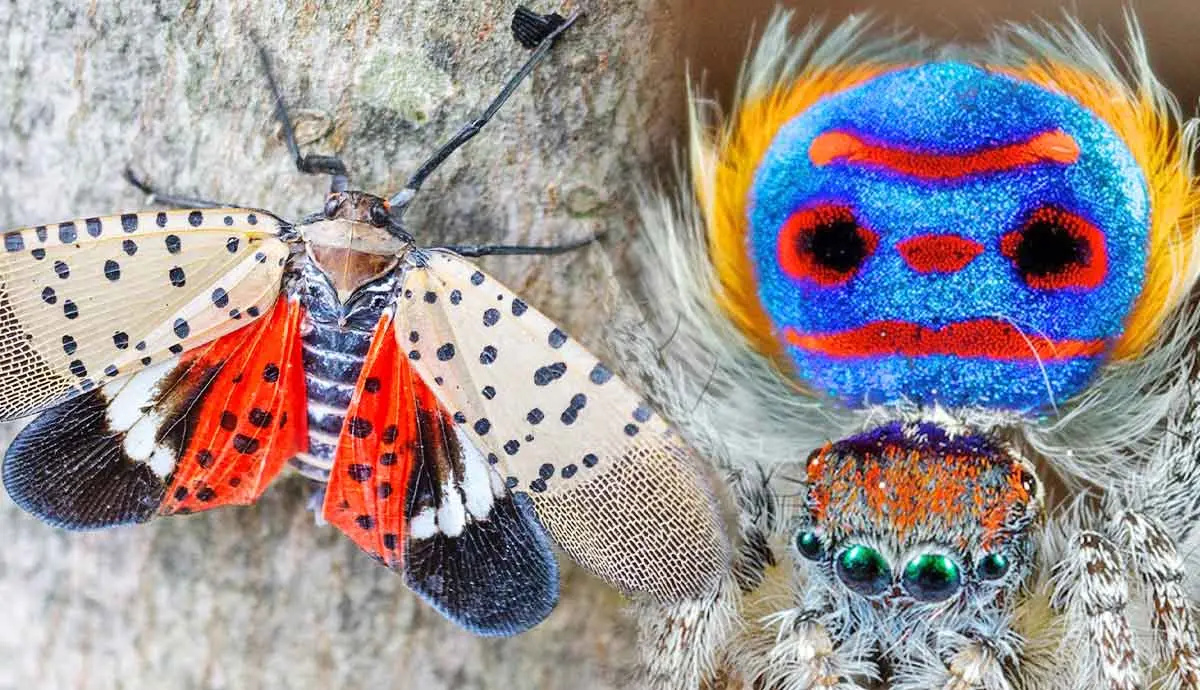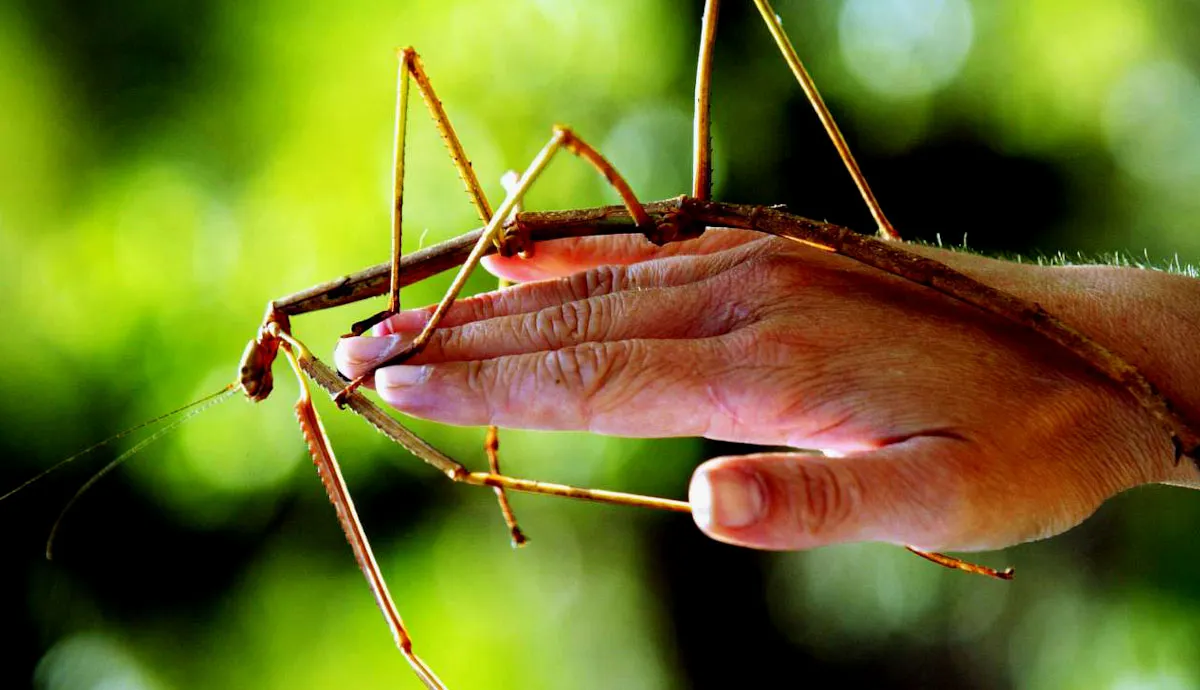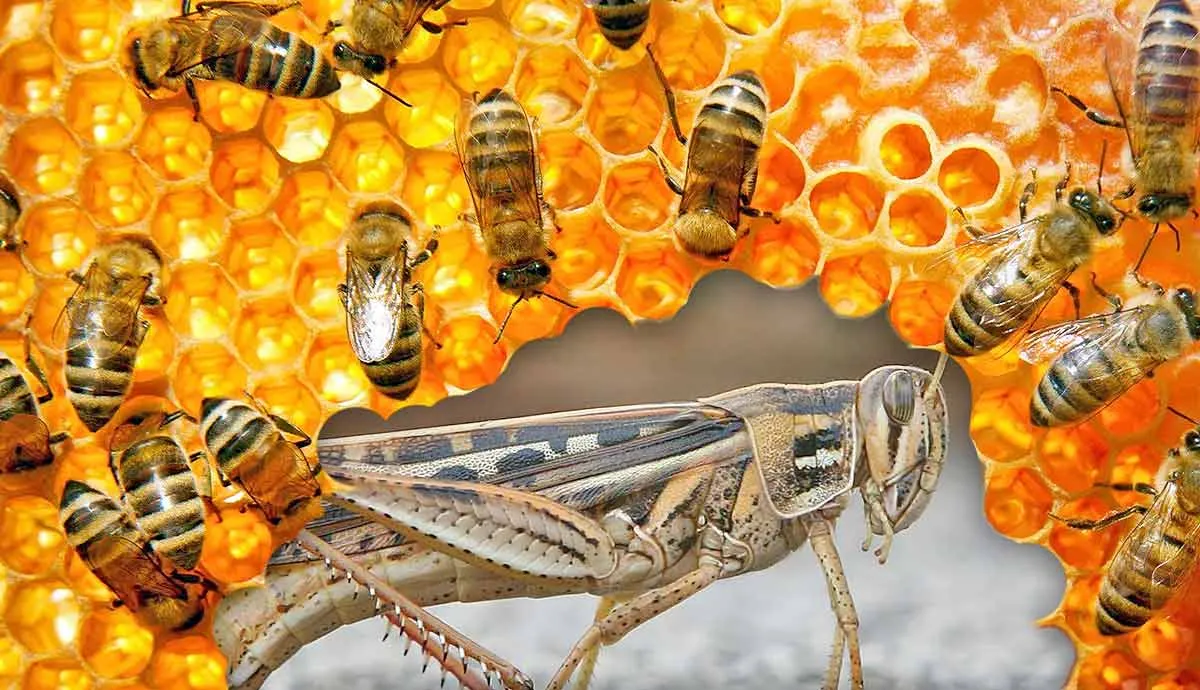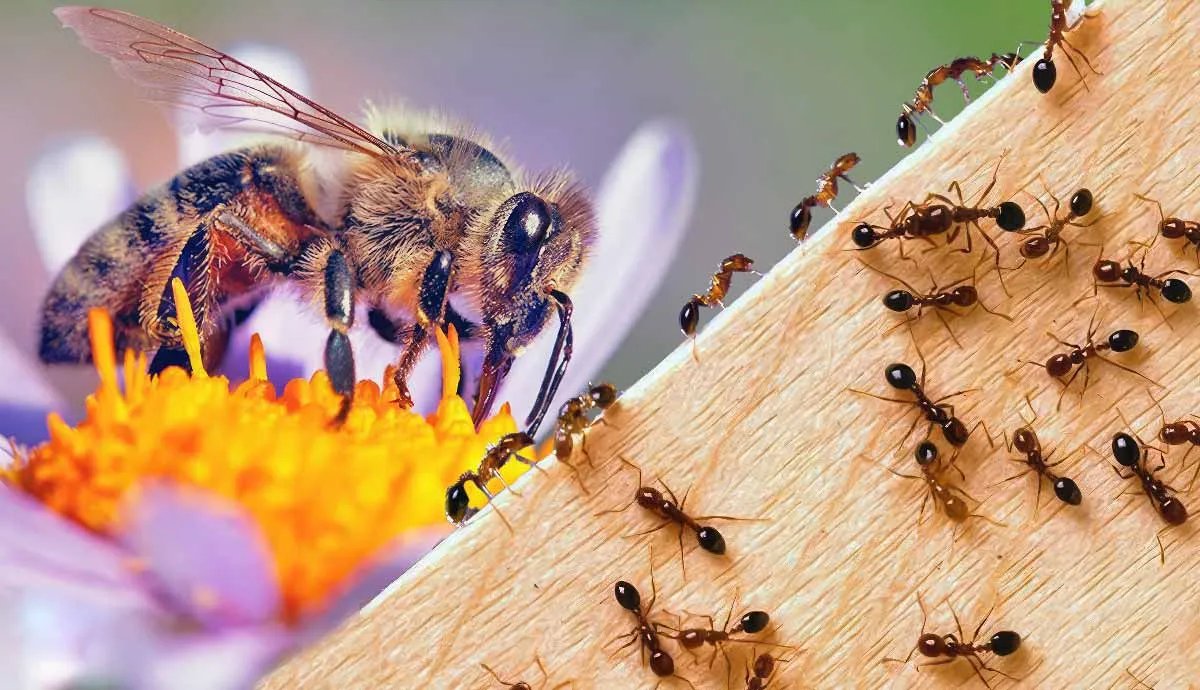Our planet is absolutely full of weird and wonderful-looking creatures and critters of all sizes. While bugs might not be everyone’s cup of tea to look at, just about everybody has to admit that while some of these creepy crawlies might be strange (and even a little gross), they’re incredibly interesting to look at and learn about!
7. Orchid Mantis
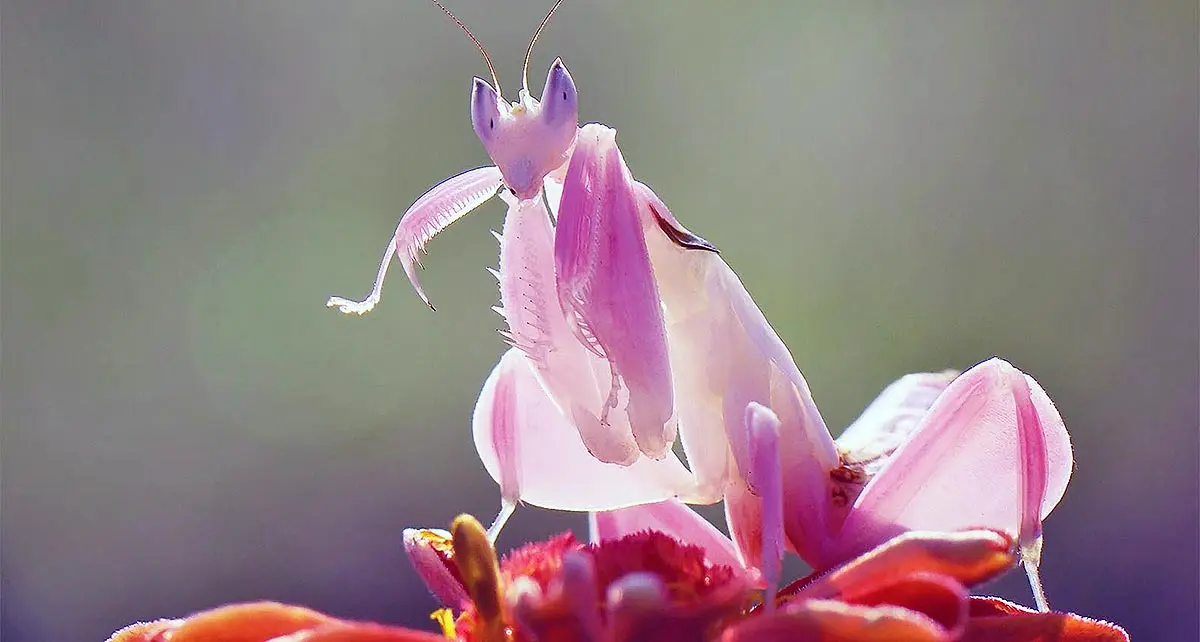
The beautiful orchid mantis is perhaps less bizarre and more pleasing to look at than some of the other bugs you’ll see around your home and garden. This is an especially beautiful yet cruel variety of praying mantis.
For more than 100 years, scientists believed that these gorgeous floral creatures evolved to mimic pink and white orchid flowers as a sneaky way to camouflage themselves and confuse their prey in order to pounce. But the truth is that they’re not really camouflaging at all!
Orchid mantises actually attract their prey with their petal-shaped legs and bright, floral colors. Naturally, insects that are innocently seeking the delicious nectar of flowers will approach the mantis, and their fate will be sealed.
6. Umbonia Crassicornis
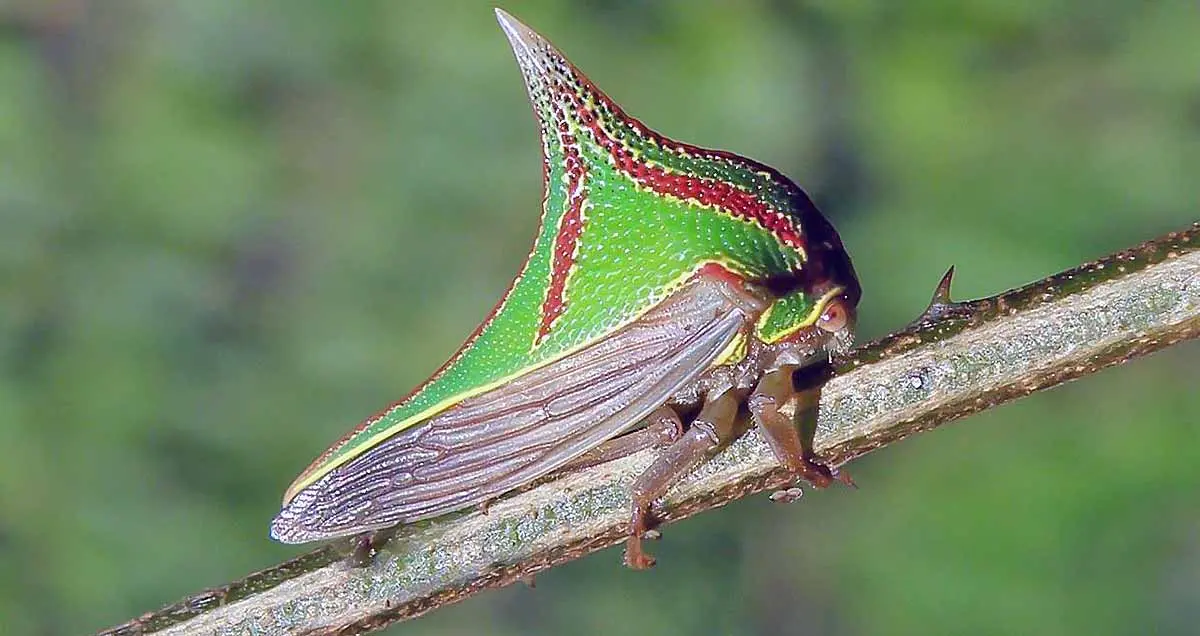
The weird and wonderful umbonia crassicornis more commonly goes by the thorn bug or the treehopper - both of which are appropriate ways to describe this creature.
These insects are minuscule and incredibly good at hiding from their prey. Typically, an adult thorn bug is approximately 10mm long and shaped, of course, like a thorn on a tree.
Treehoppers vary in size and color, and you might see them in bright yellows or softer browns and greens, depending on their environment. Their curved, thorn-shaped spines are good for more than just camouflage though - they also play an important role in mating. Male thorn bugs use them to display their size and dominance to ward off younger males and attract a mate.
Thorn bugs are also considered pests, so it’s good to keep an eye open for anything pointy-looking that might be feeding off your plants!
5. Peacock Spider

As far as spiders go, this variety is a little nicer to look at than your average eight-legged pests.
The peacock spider is named so for its colorful and majestic backside - yes, you read that right. This creature is a type of Australian jumping spider, and much like peacocks, the male has a lot to show off to his potential mates.
These males have bright, iridescent abdominal flaps that come in a vast rainbow of colors and patterns and even engage in a special mating dance in order to attract a partner. The females, usually smaller and brown or grey in color, will usually only mate once in their lifetime.
Although they’re not known to bite humans, peacock spiders are slightly venomous, so be sure to mind your step if you come across one of these rainbow-colored and interesting arachnids.
4. Walking Stick Insect
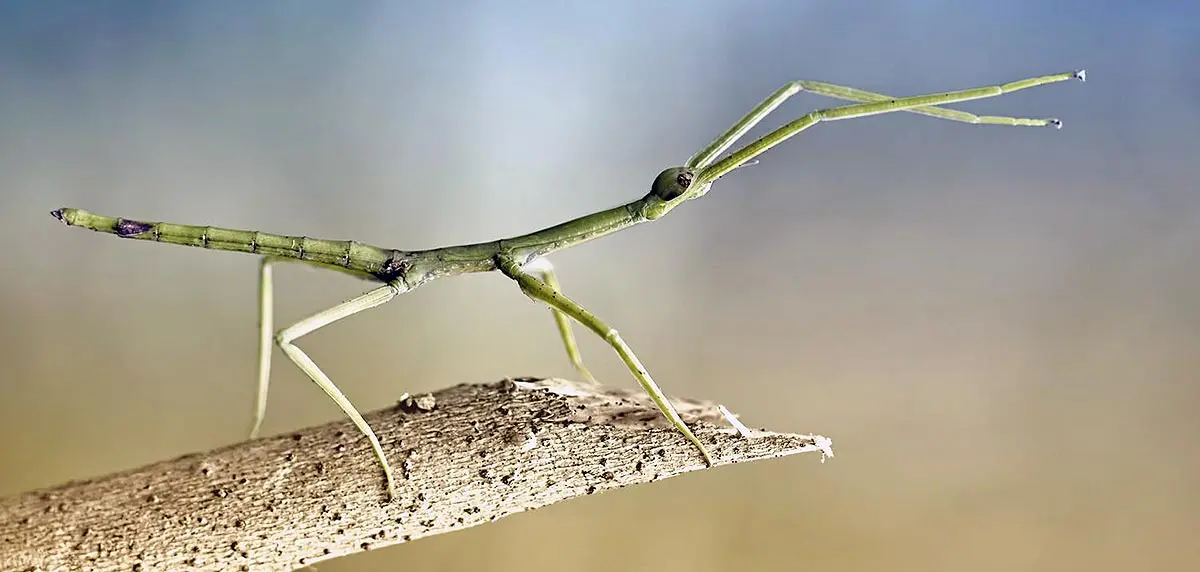
It’s pretty easy to guess why walking sticks, also known as stick insects or stick bugs, got their name. These bugs will catch you off guard when you’re out in nature since they blend in completely with sticks on the ground or twigs on a tree.
They have very long, thin legs and are usually the same color as a stick as well - ranging from yellow to brown to green.
Stick insects vary in size, and the ones you’ll see in your garden can be anywhere from 1 to 12 inches. However, there are some variants of this species that can grow up to almost 2 feet in length!
Their stick-like nature is a camouflage technique that helps protect them from predators. These bugs also use a swaying motion to blend in better with the plants that move in the breeze. They’re tiny geniuses!
3. Elephant Beetle
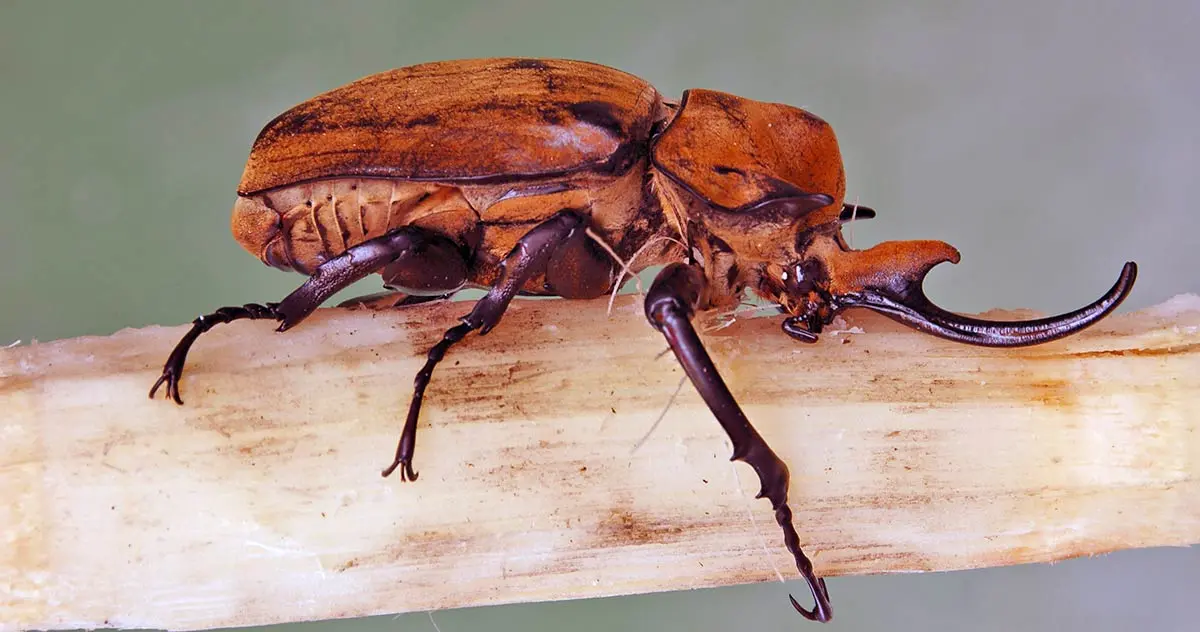
The elephant beetle is named for two reasons. First, this black scarab has two large horns on its back, mimicking an elephant's tusks. Second, they’re absolutely enormous. But this is no reason to fear them.
While the average beetle you’ll find around your house or garden is typically less than 1 inch in length, an elephant beetle is known to measure between 2.75 - 4.75 inches! In the insect world, they truly are elephants.
These creatures are also native to Mexico and are most often found there and in South American rainforests, so you probably won’t need to worry about running into one in your garden.
Because of their size, these bugs have little need to camouflage and hide themselves away. Instead, they use their horns for defense and to compete with other males for mates and food, making them one of the more aggressive species in the insect world.
2. Devil’s Flower Mantis

Next up is yet another praying mantis variation, but this list wouldn't be complete without mentioning the devil’s flower mantis!
This variation, typically found in East Africa, is predominantly green in color, blending in nicely with the plants it sits around. However, when threatened, they will rear up their bodies and expose their underside, which is more vibrantly colored with white, red, black, and purple.
When these colorful flaps are exposed, this mantis also looks suspiciously like a flower, hence its name. This also makes them look more menacing to predators that might be coming for them.
These mantises can also grow far bigger than some other types, usually around 4 - 5 inches in length, which is why they’re sometimes known as giant devil’s flower mantises.
Because of how beautiful these bugs are, they’re often kept as exotic pets, but they aren’t meant for captivity and prefer to be out in their natural habitats, so it’s best to keep admiring them from afar.
1. Spotted Lanternfly
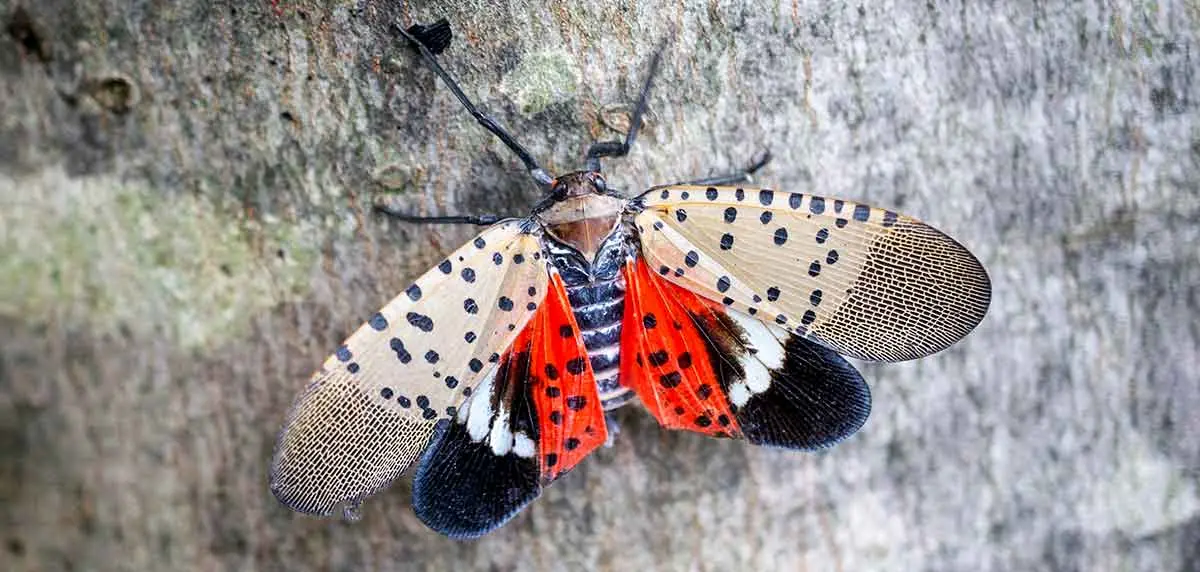
The final bizarre bug is none other than the spotted lanternfly, a native Chinese winged insect that’s often mistaken for a colorful moth.
They might look simple at first glance, but once they open their grey-brown spotted wings, they reveal vibrant reds and oranges. When these colors shine through their wings, it makes them look like a lantern in the dark.
Unfortunately, lanternflies have a bad reputation. While they aren’t physically dangerous to humans, they can cause fungus and disease to the plants they feed on, and they’re considered an invasive species in the USA.
These bugs reproduce and spread like wildfire too, so be on the lookout for these insects and their eggs and take precautions to safely remove them.
